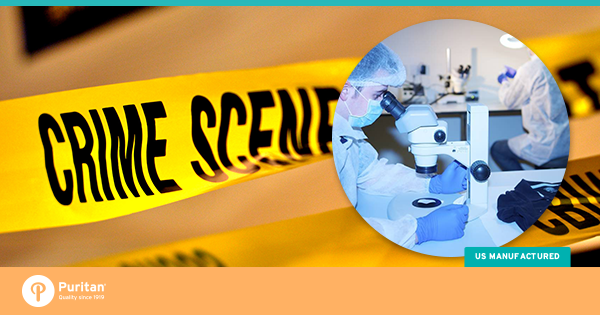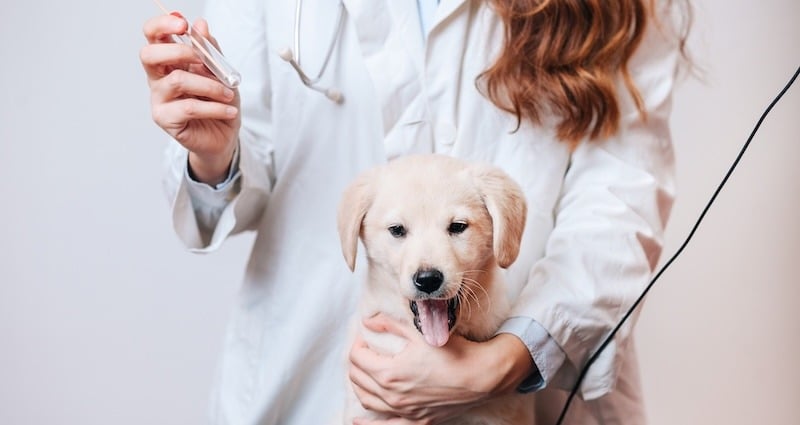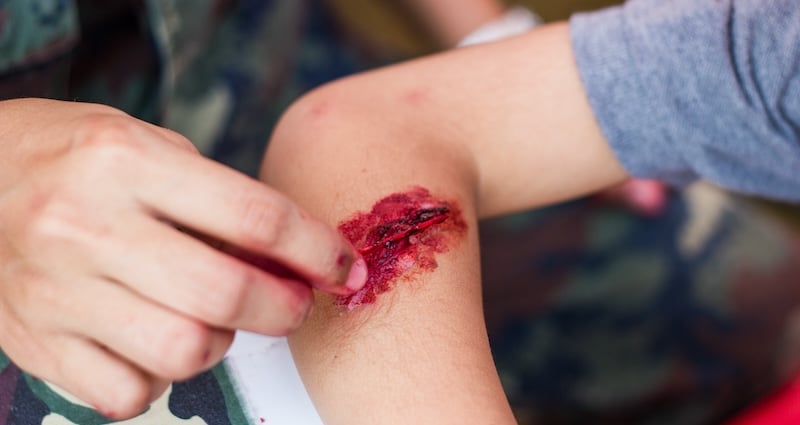
DNA evidence in criminal law cases can be a life-changing tool to secure convictions or exonerate innocent suspects.
As long as the DNA is handled and tested properly, that is.
Because very small DNA samples can be used as evidence, investigators and laboratory personnel must be extremely careful about contamination issues when identifying, collecting, and preserving samples. If contamination occurs, the evidence might never make it to the courtroom.
What is DNA Contamination?
DNA contamination happens when foreign DNA mixes with your intended sample of DNA. DNA contamination can happen at any time, including before the sample is collected, while it’s being collected, during transport, or at the lab.
How Does DNA Evidence Contamination Happen?
DNA evidence is contaminated when DNA from an outside source (exogenous DNA) gets mixed with DNA relevant to the case. It can happen in a variety of ways, from someone sneezing or coughing over the evidence, to samples getting mixed during sequencing.
The Trouble with Touch DNA Contamination
Touch DNA, the invisible cells humans transfer to everything we contact, is currently being evaluated for its potential to contaminate crime scene evidence. Though valued for its ability to derive evidence where visible DNA (such as blood, semen, hair, or saliva) can't be found, some researchers are challenging the validity of that evidence because the microscopic genetic markers are transferred so easily.
In a study entitled Could Secondary DNA Transfer Falsely Place Someone at the Scene of a Crime?, University of Indianapolis researchers performed experiments to test the sensitivity of Touch DNA transfers. Person A held a handshake with Person B for two minutes, then handled a knife.
The DNA profile of the Person B, who never touched the weapon, was identified on the swab of the weapon handle in 85 percent of the samples. In one-fifth of those experiments, the person who had never directly touched the knife was identified as the main or only contributor of the DNA on the handle, according to the study.
How to Collect Crime Scene Evidence and Prevent Contamination
It may be impossible to completely eliminate crime scene contamination. And Crime Scene Officers are not the only ones to blame. When first responders arrive at a scene, their responsibility is to the victim(s) and not the preservation of evidence. What happens when a drop of sweat falls from an EMT's brow? There's simply no way to account for all the possibilities.
But precautions can and should be taken. The National Criminal Justice Reference Service (NCJRS) outlines the following tips for preventing evidence contamination:
-
Wear gloves and change them often
-
Use disposable instruments or clean them thoroughly before and after handling each sample
-
Avoid touching the area where DNA may exist
-
Avoid talking, sneezing, and coughing over evidence
-
Avoid touching your face, nose, and mouth when collecting and packaging evidence
-
Air-dry evidence thoroughly before packaging
-
Put evidence into new paper bags or envelopes, not into plastic bags, and don't use staples"
Crime Scene Officers should also use different tools—tweezers, fingerprint brushes and powders, swabs—at every scene.
The Best Way to Store and Transport DNA Evidence
As noted by the NCJRS, DNA evidence must be kept dry and at room temperature. To keep it dry, place evidence in paper bags or envelopes instead of plastic bags because plastic bags retain compromising moisture. Direct sunlight and heat can also damage biological evidence. Once properly stored, the evidence container should be sealed and properly labeled. And all evidence handlers must record the chain of custody.
Allelic Ladders and Life in the Lab
There are three main categories of exogenous DNA that affect DNA-typing labs. We'll take a look at what they are and what analysts can do about identifying contamination.
-
DNA from the analyst: Even in the cleanest labs, you can't have a DNA-free environment as long as there are humans working in it. Many labs therefore record the DNA profiles of lab personnel so those profiles can be singled out in any contaminated samples.
-
DNA fragments of the allelic ladder used to determine the size of amplified alleles: Believe it or not, contamination of a reaction with the allelic ladder is usually easy for analysts to spot because of the clear pattern it creates.
-
Other DNA samples in the lab: Samples are often processed in batches, and there are multiple steps of sample handling and manipulation required during genotyping and sequencing. This is how samples can get mixed and this can be a serious problem.
Can analysts differentiate between DNA contamination of samples, and true mixtures of DNA profiles? Yes, but it's extremely difficult. The best way for labs to deal with this issue is with preventative measures. Strict protocols and safeguards, as well as proficiency tests for the staff are a good place to start.
Though it may seem like there are a lot of ways DNA evidence can be contaminated, there are plenty of ways to preserve it. Preparation and attention to detail are key to handling DNA—which could be key to a criminal law case.




